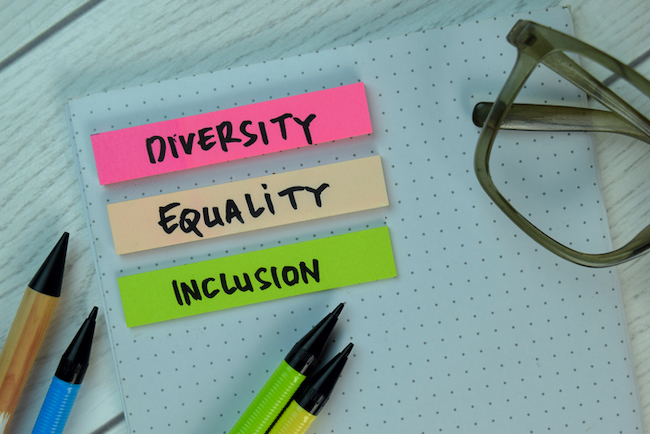Editor’s note: Lilah Raynor, Logica Research and Frankie Lipinski, Escalent; are members of the Insights Association IDEA Council. Sara Yang, InsightsNow, also collaborated on the study.
To do our jobs as insights professionals we need to understand how human behavior is changing – and to ensure we are keeping up with these changes we must do everything we can to incorporate inclusive and diverse perspectives in market research. If we continue to rely on standard demographic collection methods, we will fall short of allowing people to express and define their diverse identities in an accurate way. In particular, allowing study participants to capture their true identity is increasingly important – this is especially true among younger generations. In the United States alone, the 2020 Census showed the most diverse population in the history of the country.
By 2044 more than half of the U.S. population is expected to belong to a group other than non-Hispanic White, and by 2060 one in five Americans are expected to have been born outside of the country. The way we ask about race and ethnicity in market research – if we ask at all – needs to keep up. Market researchers and insights professionals need a new framework for inclusivity that leads to higher quality data and more impactful insights.
When the demographic questions included in a study are not inclusive – or could even be perceived as offensive – important findings may be missed. Examining these questions for inclusive language will help researchers avoid alienating study participants, and ultimately drive better, more insightful research.
The Insights Association’s IDEA Council recently created a research-on-research initiative to uncover more inclusive and sensitive ways to ask demographic questions. The goal of this initiative was to have a more inclusive respondent experience and to address a persistent gap in representation in the ...
